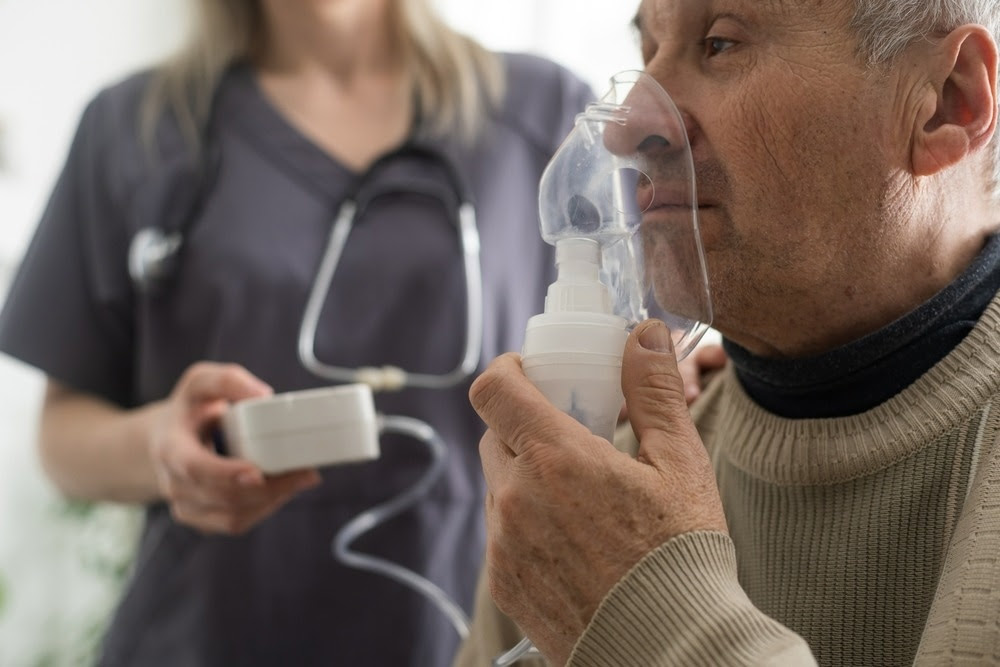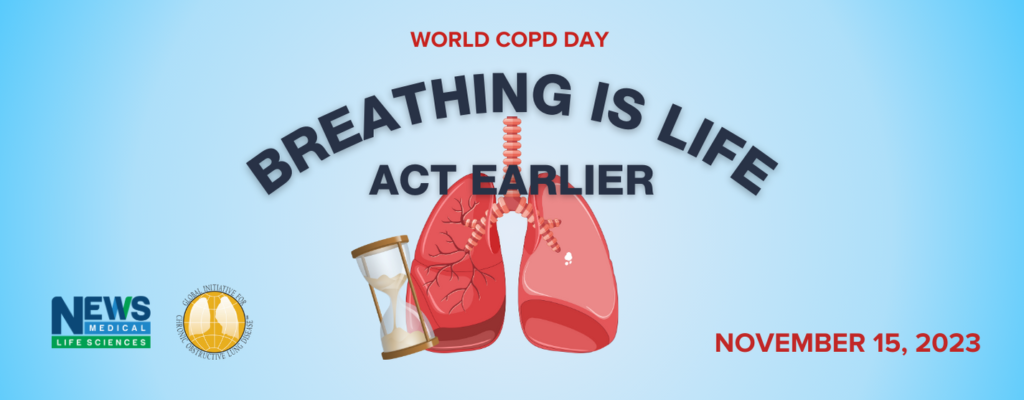In this interview, Dr. MeiLan Han, a distinguished pulmonologist and Chief of the Division of Pulmonary and Critical Care at the University of Michigan, shares her profound insights into Chronic Obstructive Pulmonary Disease (COPD).
With your extensive background and contributions in Pulmonary and Critical Care, can you share what initially drew you to the study of COPD?
I’m Dr. MeiLan Han, a pulmonologist at the University of Michigan, where I recently became the chief of the division of Pulmonary and Critical Care. I’ve always had a keen interest in COPD, both in clinical research and patient care.
Your research has revolved around defining phenotypes in COPD using imaging. Can you explain the importance of this and what makes it so crucial in understanding COPD?
Imaging technology, like CT scanning, has become increasingly important in COPD care. As we develop new treatments for a broader range of patients, we need to characterize a wider spectrum of diseases. Imaging is now necessary for many patients, particularly those with more severe disease. Additionally, lung cancer screening overlaps with COPD patient populations, further increasing the need for imaging.
What have been the most unexpected or exciting findings in your studies related to gender disparities in COPD?
Research on gender disparities in COPD has revealed several interesting findings. Women may be more susceptible to the effects of tobacco smoke, with a greater impact on lung function and difficulty quitting. Women also experience more exacerbations of the disease. The global increase in COPD among women can be attributed to various factors, including smoking and environmental factors in different regions of the world.
How do you believe the medical community can better address these gender disparities to ensure equitable care and outcomes for all COPD patients?
The medical community has made progress by requiring equal gender representation in clinical trials and considering sex as a biological variable in analysis. This shift has led to valuable insights into gender-specific differences in COPD and other diseases. It’s essential to continue these efforts and raise awareness of these disparities to improve care for all.
Given this year’s theme emphasizes early lung health, early diagnosis, and early interventions, in your opinion, what are the most effective strategies to ensure earlier detection and intervention for COPD?
Early detection of COPD remains a significant challenge, with as many as half of cases going undiagnosed. We need better screening tools and more proactive conversations with patients about risk factors. Spirometry should be considered earlier in the diagnostic process. Initiatives like lung cancer screening can also help identify COPD at an earlier stage where early signs of the disease may be detectable among patients who have not had pulmonary functiont testing performed yet.
Where do you see COPD diagnosis, treatment, and patient care heading in the next decade?
We are moving toward greater recognition of early-stage COPD, with a focus on younger adults. New treatments are emerging, and clinical trials are ongoing. Despite the challenges of studying COPD, progress is being made, and we may see new treatments gaining FDA approval in the near future.

Image Credit: Andrew Angelov/Shutterstock.com
On this World COPD Day, what special message or guidance would you like to impart to our readers, especially those affected by or at risk of COPD?
It’s crucial to understand that COPD can have its roots in childhood and early adulthood due to various risk factors. We need to be more aware of factors affecting lung health and engage in conversations with healthcare professionals about the need for screening. Stigmatizing the disease based on its association with smoking is unhelpful, as many factors beyond our control can contribute to its development.
Are there common misconceptions about COPD that you frequently encounter, and how do you address these?

One common misconception is that all COPD cases are solely caused by smoking. In reality, factors like premature birth, childhood respiratory infections, environmental exposures and genetics can also play a significant role in its development. We should avoid stigmatizing the disease and recognize the complexity of its origins.
Are there any upcoming projects or collaborations you’re excited about and can share with our readers?
I’m currently involved in projects focusing on early COPD in younger adults. The SOURCE study, funded by the National Institutes of Health, explores the disease’s earlier stages, and the Lung Health Cohort, co-funded by the American Lung Association and the NIH, targets even younger adults aged 25 to 35. These studies have already revealed unexpected lung disease findings, including those related to vaping and marijuana use, which I believe are underreported and warrant more attention.
Where can readers find more information?
About MeiLan Han

MeiLan Han, MD MS, is a Professor of Medicine and Chief of the Division of Pulmonary and Critical Care at the University of Michigan Health. Dr. Han received her medical degree from the University of Washington in Seattle, WA. She completed her residency in Internal Medicine and fellows
hip in Pulmonary and Critical Care Medicine at the University of Michigan. Dr. Han has also completed a Master’s Degree program in Biostatistics and Clinical Study Design at the University of Michigan School of Public Health. Dr. Han’s research has focused on defining phenotypes in COPD using imaging. She is a lead investigator for several NIH sponsored COPD studies. She also serves on the scientific advisory committees for both the COPD Foundation and American Lung Association, the board for the COPD Foundation and serves as a spokesperson for the American Lung Association. She is currently a Deputy Editor for the American Journal of Respiratory and Critical Care Medicine. She is also a member of the Global Obstructive Lung Disease scientific committee which is charged with developing internationally an internationally recognized consensus statement on COPD diagnosis and management.

Leave a Reply